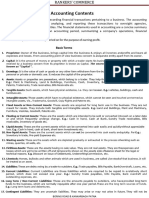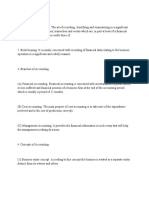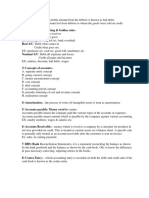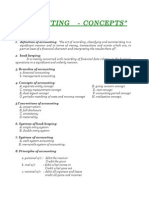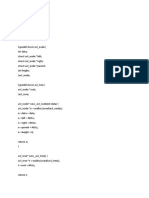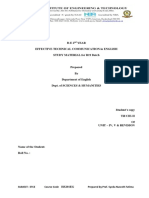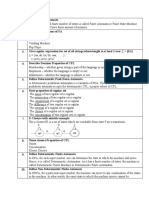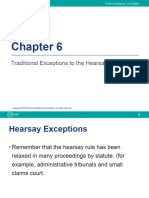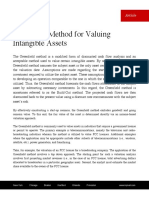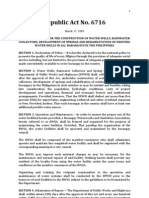0% found this document useful (0 votes)
94 views3 pagesF & A - Basic Accounting Terms
Here are the key terms in accounting:
Transactions can be cash-based involving money changing hands, or credit-based without immediate cash payment. Assets are items of value owned, and liabilities are amounts owed. The accounting equation balances assets with the sum of liabilities and owner's equity. Double-entry bookkeeping records every transaction in at least two accounts.
Uploaded by
Abdul Azeez 312Copyright
© © All Rights Reserved
We take content rights seriously. If you suspect this is your content, claim it here.
Available Formats
Download as DOCX, PDF, TXT or read online on Scribd
0% found this document useful (0 votes)
94 views3 pagesF & A - Basic Accounting Terms
Here are the key terms in accounting:
Transactions can be cash-based involving money changing hands, or credit-based without immediate cash payment. Assets are items of value owned, and liabilities are amounts owed. The accounting equation balances assets with the sum of liabilities and owner's equity. Double-entry bookkeeping records every transaction in at least two accounts.
Uploaded by
Abdul Azeez 312Copyright
© © All Rights Reserved
We take content rights seriously. If you suspect this is your content, claim it here.
Available Formats
Download as DOCX, PDF, TXT or read online on Scribd
/ 3





















